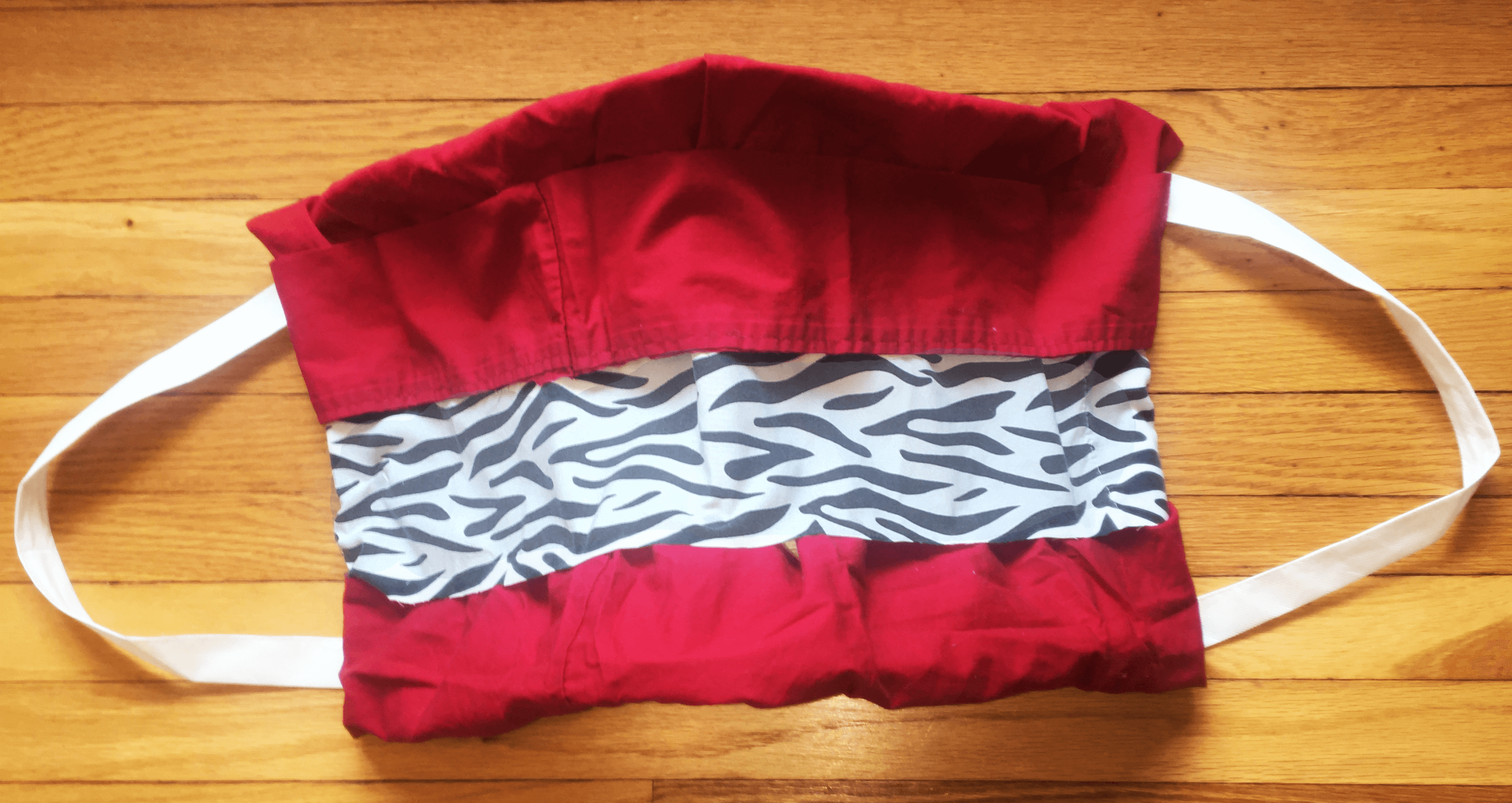
Quarantine Art
Students find creative inspiration close to home.
With classes being taught virtually for the second half of the semester due to the COVID-19 pandemic, and with much of society practicing social distancing, faculty in Monmouth’s Department of Art and Design needed to quickly adapt their plans for the semester and help their students find inspiration closer to home.
Each semester, students in Assistant Professor of Art and Design Kimberly Callas’ Sculpture II class complete a Social Practice project in which they collaborate and engage with the local community to address a specific issue. Last semester, Callas’ students were supposed to work on an environmental project with Aslan Youth Ministry, a local nonprofit after-school program that assists at-risk youth from Asbury to Red Bank, New Jersey. But the quarantine forced the cancellation of that partnership after one joint session.
So Callas’ students brainstormed—via Zoom, of course—other issues they could tackle in their Social Practice project. They hit on the idea of doing a “social media campaign to gather input on how various groups were handling the quarantine,” Callas said. “They gathered comments and decided to focus their sculptural response to the major symbol of the day, the mask.”
Working with materials they had available in the place they were quarantined—everything from sticks to leaves to fabric—the students created the masks seen below.
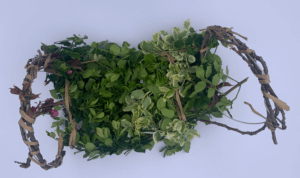
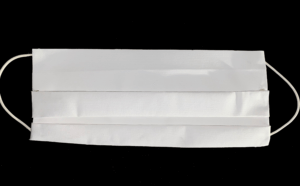
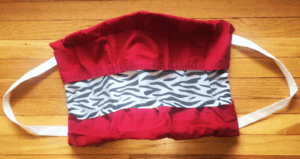
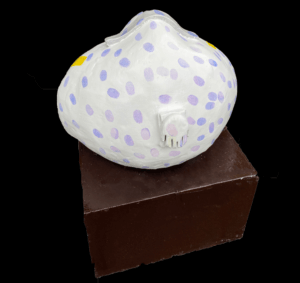
Specialist Professor of Photography Mark Ludak ’81 had his students point their cameras and phones out their windows to document what the world looked like to them during the quarantine. The students presented their work in compelling digital stories, several of which are linked to below.
Windows have long served as a metaphor for separation, Ludak said, and the feeling of isolation is unavoidable in the students’ photos. Their work “gives a good sense of what they are going through right now,” Ludak said.
Jenna Capitelli, a third-year graphic design major who is minoring in photography, said she was intrigued by the idea of exploring isolation through photography, but she also wanted to focus “on the idea of hope and productivity.
“I felt that the use of black and white gave a grim effect to my photos, so I wanted to counteract the somber filter with as much beauty I could find with my limited surroundings,” Capitelli said.
Lexy Karykous, a sophomore graphic design major, was another student who shot in black and white, something she said she normally doesn’t do.
“I’m a very colorful person—even my hair is blue,” Karykous said. But a monochrome approach felt “most appropriate for the mood” of her photos, she added.
Karykous enjoyed the creative process so much that she created another project, Closed, in which she photographed the signs outside many of the businesses in her hometown of Long Branch, New Jersey, early in the quarantine.
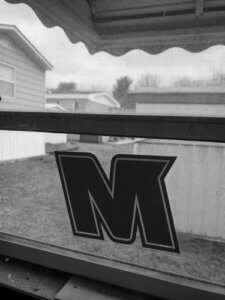
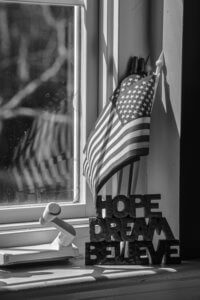
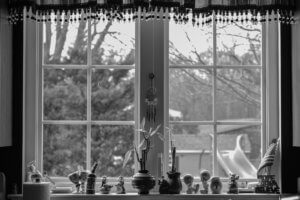

One student who shot in color was biology major Mehdi Husaini. “I wanted to highlight the natural light of the room I chose to be my subject and really focus on some unique details, like objects important to my family or used to decorate the space,” he said.
Husaini, a senior, said he missed the face-to-face interaction that comes with in-person instruction. “One of the main reasons I chose Monmouth was because of the strong relationships we build in classroom and extracurricular environments based on individual interactions,” he said. But he commended his professors for continuing to make things meaningful during this shift to virtual learning.
“Monmouth’s faculty have really made an incredible effort to be transparent and engaging, to show that students can benefit from the school’s nurturing learning environment at home as well,” Husaini said.